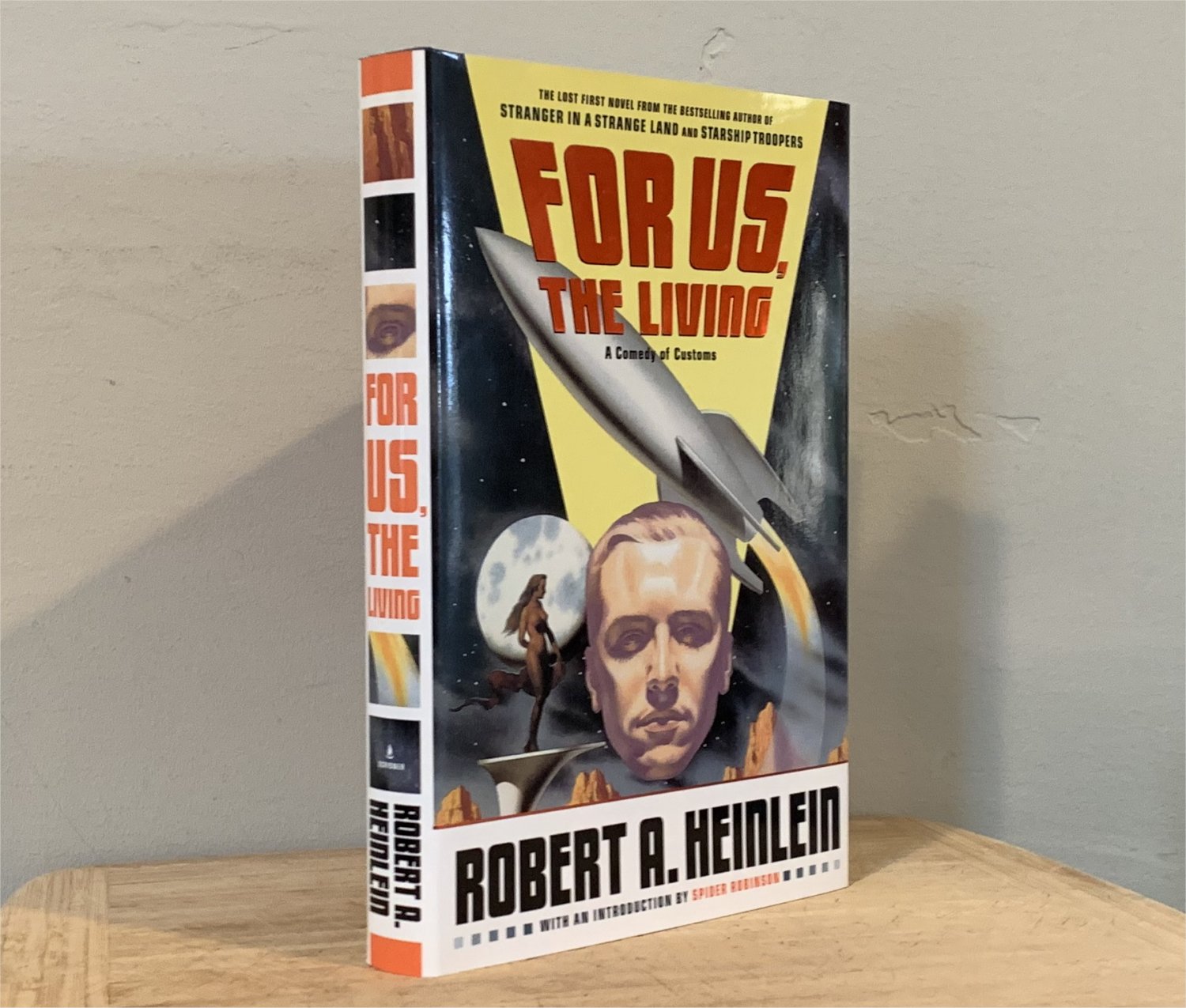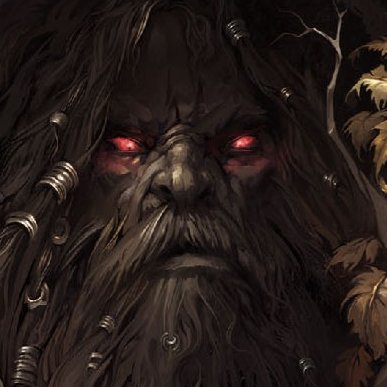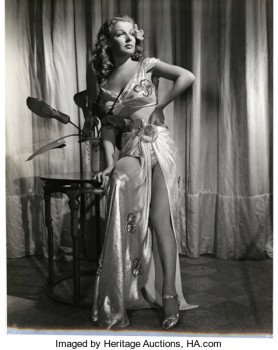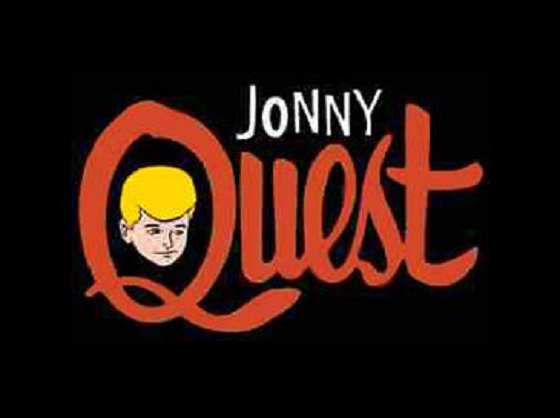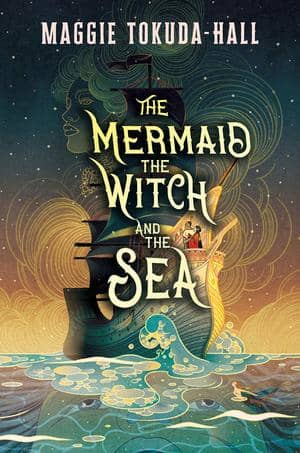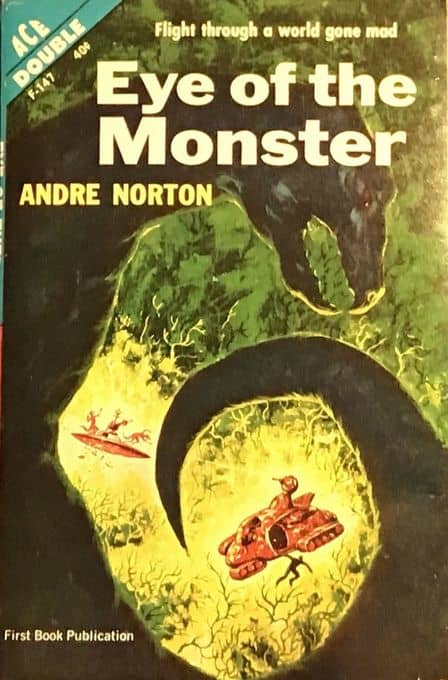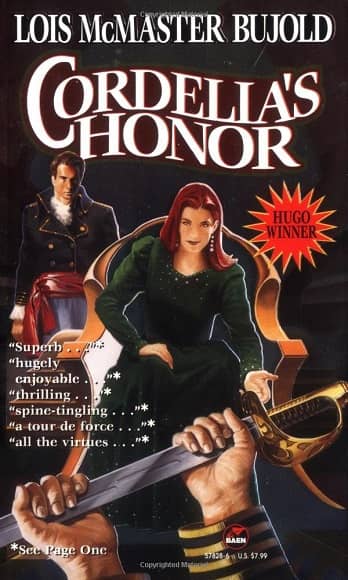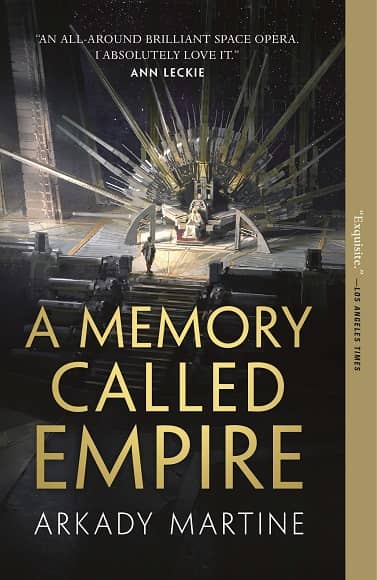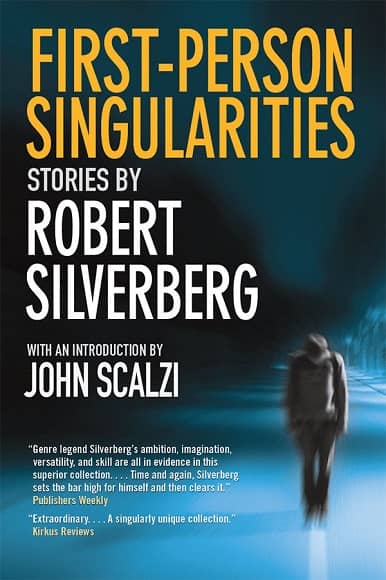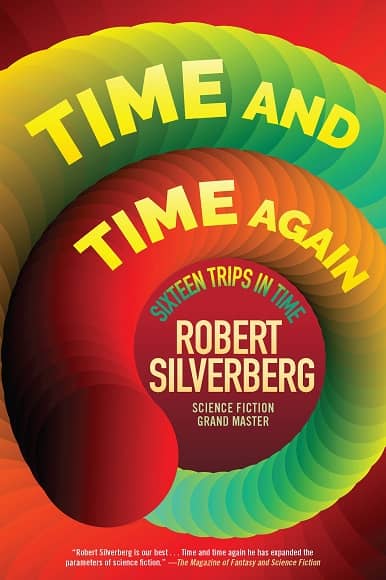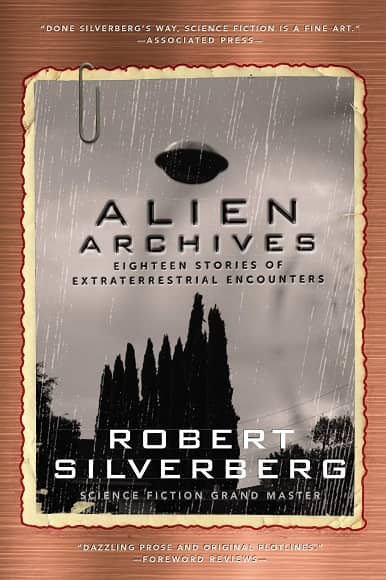Future History, First Draft: Robert A. Heinlein’s For Us, the Living
For Us, the Living by Robert A. Heinlein; First Edition: Scribner 2004.
Jacket illustration by Mark Stutzman (click to enlarge)
For Us, the Living: A Comedy of Customs
by Robert A. Heinlein
Introduction by Spider Robinson; Afterword by Robert James, Ph.D.
Scribner (263 pages, $25.00 in hardcover, 2004)
Almost on a lark, I picked up the first novel by Robert A. Heinlein a few days ago, and read it through. It’s a fascinating book on several levels.
First, it’s Heinlein’s first novel in that it’s the first one he wrote, way back in 1938 and 1939, when he hadn’t yet broken into print. But it didn’t sell, was never published at the time, and went unknown for decades. In fact the manuscript was thought lost; Heinlein and his wife had destroyed copies in their possession in the approach to Heinlein’s death. Yet another copy of the ms. was found years later, after Heinlein’s death in 1988, and, as Robert James explains in an afterword here, was published in 2004, with an introduction by Spider Robinson. (Spider Robinson would later publish Variable Star, based on a Heinlein outline, in 2006; I have not read that, though I believe I’ve read every other Heinlein book at least once, albeit some not in decades.) I read For Us, the Living when it first came out, in late December 2003, but didn’t remember the details of its future society, and wanted to refresh myself on them, until rereading it this week.
